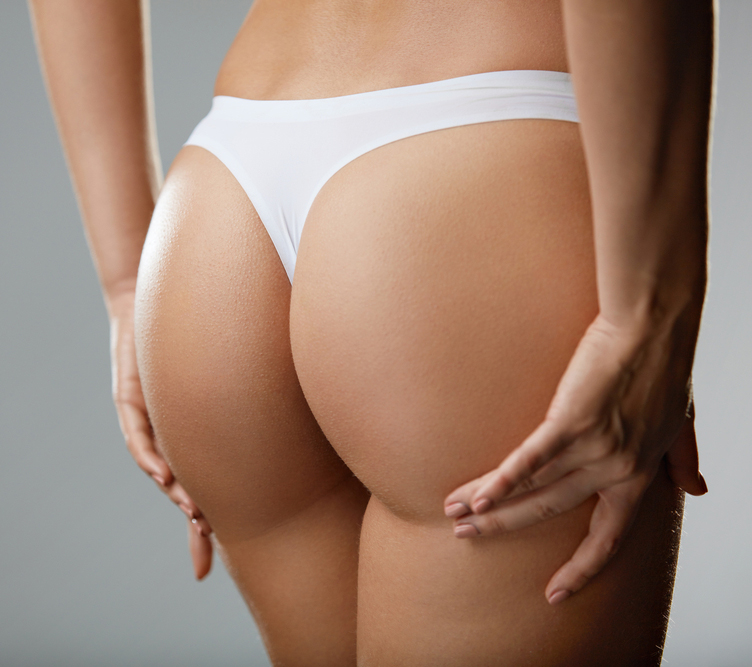
Gynecomastia Recovery Time
Gynecomastia is a common condition that occurs in men of all ages. It is typically characterized by the enlargement or over-development of male breasts, and usually results from hormonal changes, excessive weight gain, drugs, or family history. The disorder is characterized by excessive localized fat or glandular tissue; it may present unilaterally (one breast) or bilaterally (both breasts).
The most common side effects for the patient are emotional rather than physical; it is typical for the patient to experience a severe loss of self-confidence. The patient may feel so embarrassed that he even tries to hide his condition by avoiding activities that expose the chest, including intimate relations. Gynecomastia surgery is a viable option to correct this condition; the surgery reduces the size of the breast and enhances the chest contours. The gynecomastia plastic surgery is also referred to as reduction mammoplasty.
Recovery
Once the gynecomastia surgery is completed, the plastic surgeon wraps the chest in dressings and bandages to help support to new chest contours and reduce swelling. In some cases, temporary drains are placed under the skin to collect excess blood and fluid that accumulates as a result of the incisions. By the time the patient is allowed to leave the clinic, he and his caretaker will have received specific instructions about how to care for the operated area, how frequently to apply medication to the area or take painkillers and antibiotics orally, and the timeframe with which the follow-up appointments should be scheduled.
Despite the compression garment that the patient is required to wear following the surgery, he may still experience moderate to severe swelling and bruising. These symptoms can extend from the chest to the abdomen, and the bruise colors may vary greatly from purple, black, red, or even blue. Bruising diminishes after typically three or four days following the operation and continue to do so during the following week.
The skin coloration returns to normal within several weeks, but it is crucial that the patient does not obtain any sun exposure during this recovery time. Sun exposure to the affected area increases the possibility of permanent skin discoloration. Some experts recommend avoiding exposure to sun or tanning beds for roughly six weeks. Another major reason to avoid sun exposure is that it can cause prolonged swelling or scarring. The patient is advised to utilize a 30-SPF sunscreen for at least the first few months following the procedure.
The patient will typically experience swelling, and it can either be diffused or localized. If the swelling is localized or minimal, no treatment is required. If, however, the swelling is diffused, it can be treated with cold compresses for the first two days and warm compresses thereafter.
The surgeon will advise the patient on the length of time that the compression dressing should be used according to the severity of the surgery and the amount of bleeding and swelling that occurred. Sutures are typically removed within five days following the procedure. The compression dressing is most effective in the first week after the surgery, when the skin is most sensitive. However, a new compression dressing may be applied for an additional five days if the patient’s chest is still swollen during this timeframe.
The first 72 hours following the operation are the most critical, and the patient must rest at home during this time. He should avoid excessive physical activity. The patient can be seated and can move his wrists and elbows, but the movements of the shoulders should be extremely limited for the first days. Lateral movements of the arms are allowed, but vertical movements are completely prohibited during the first days following the procedure.
The patient is typically allowed to walk moderate distances and jog after two weeks, but extraneous exercise can only be started after three weeks have passed during the recovery period. Exercise can be progressively intensified after an additional two weeks. Any exercises involving the chest muscles or strenuous activity in the abdomen and back, including weightlifting, cannot occur until after four to five weeks.
It’s important to note that the patient may experience a temporary decrease in sensation of the operated area. However, most male patients find the temporary loss of sensation insignificant and the sensation returns after a year for most patients.
In patients where significant amounts of glandular tissue were removed, it is not uncommon to experience the phenomenon of spontaneous shrinking of the areola. In fact, the areola may decrease 10-50% of its original size following the procedure.
In some cases, the surgeon may advise the patient to massage the breast after one week in order to break down the accumulated scar tissue; the massage should be extremely gentle using the palm of the hand or the thumb and fingers. If the massage is painful, the patient is not advised to continue.
Each patient has a different experience when it comes to pain, and it may range from moderate to severe. If the patient experiences a lot of discomfort, the surgeon may prescribe oral medication in the form of painkillers. The patient should avoid any medications that were not prescribed by the plastic surgeon. Unbeknownst to the patient, some medications (like aspirin) may delay the healing process. Alcohol consumption should be decreased for the first week following surgery. Steroid usage should be stopped for approximately two weeks after the operation.
Some patients may experience depression or creasing of the nipple-areola complex after the surgery, but this is extremely uncommon. These complications will usually subside within three to six months, and it is most common in patients with diminished elasticity, like elderly patients.
It’s important to understand that the healing process is different for each individual, and the surgeon may change specifications of the recovery period based on the individual case. The patient is advised to follow all instructions given by the plastic surgeon and to attend all follow-up consultations with the plastic surgeon as originally scheduled. The first follow-up appointment should take place within five to seven days following the surgery. The surgeon will then monitor the healing process and remove the sutures and drains.
The results of the gynecomastia surgery are, in most cases, permanent. However, if the patient still has the condition that causes gynecomastia, it may appear again. For this reason, it is recommended that the patient avoids taking certain medications, especially steroids, and other activities that may result in significant weight gain. Regular diet and exercise is also important to maintain long-term results.
Dr. Amjadi MD, DDS, FACS
Certified by the American Board of Plastic Surgeons
915 Gessner Rd #870
Houston, TX 77024
713-465-6198













